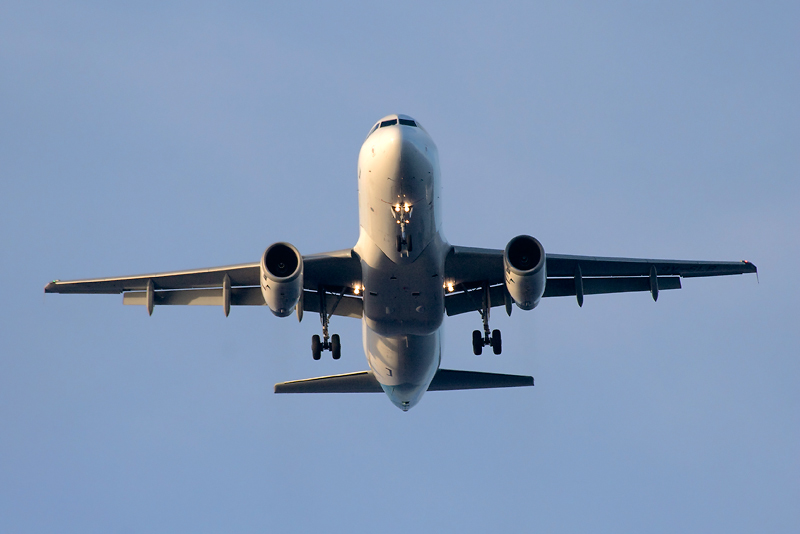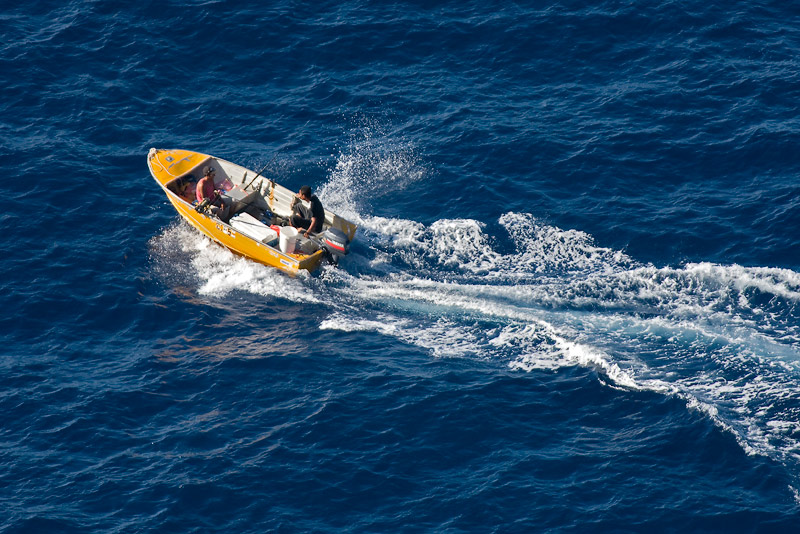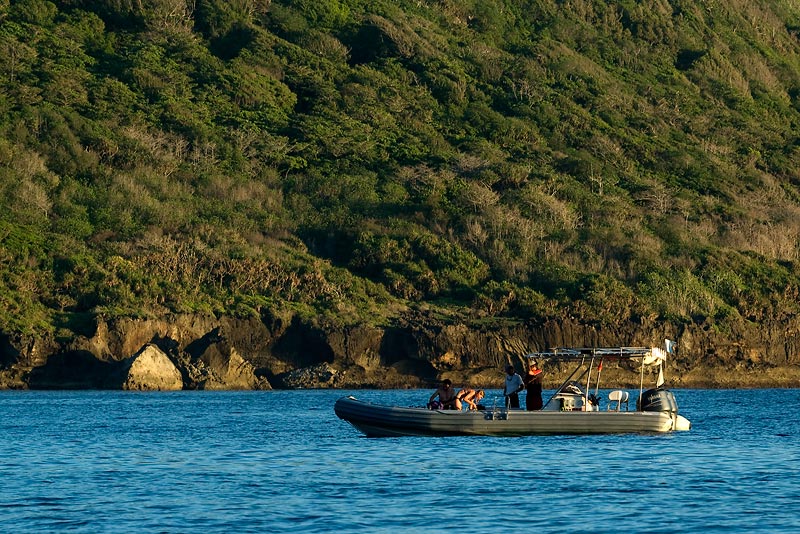T o u r i s m - & - T h e - F u t u r e
The current mining lease on Christmas Island would expire in 2018, and the likelihood of renewal is very small. Besides, the stockpiled phosphate would have mostly been exhausted by then and the likelihood of new mine sites being opened would be most unlikely. Hence the future of Christmas Island depends on other sustainable industries and economies other than phosphate mining.

In 2000, a proposal for a commercial satellite launch facility to be built on the southern part of the island would see a new industry developed for the future. However the proposed Asia Pacific Space Centre project never got off the ground as it ran into financial constrains and objection from conservation lobbyists.

The most sustainable industry for the future of Christmas Island would be tourism. From the point of view of Chrsitmas Island having so much natural heritage and beauty to offer visitors, its isolation and relative inaccessibility are the biggest obstacles to the development of this industry to its fullest potential. There is also the issue of conservation and the impact of mass tourism on the natural environment.

At present, the infrastructure to support tourism on Christmas Island is very limited. Accommodation and transportation options are very limited, and are easily overwhelmed when masses of tourist arrive on the island seasonally.

Ecotourism attracts a number of visitors for activities such as birdwatching, and diving. The annual Red Crab migration is another great draw for tourists, but all these attractions are largely seasonal, and the numbers of tourist generally small. Another limited scope for the tourist industry is attracting visitors from Malaysia and Singapore to come visiting their relatives on this little paradise isle in the Indian Ocean.